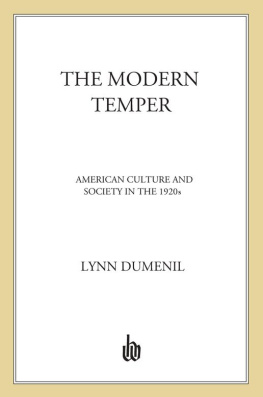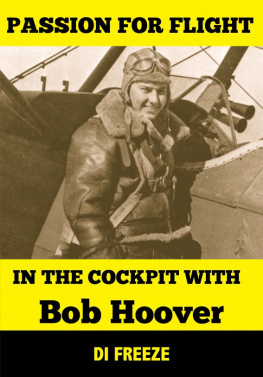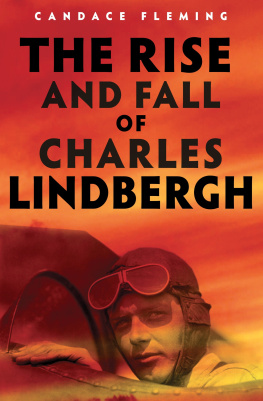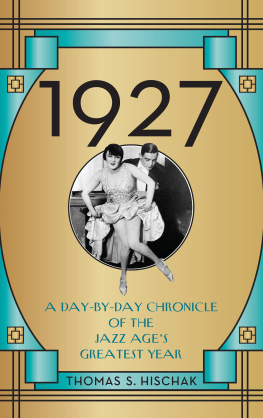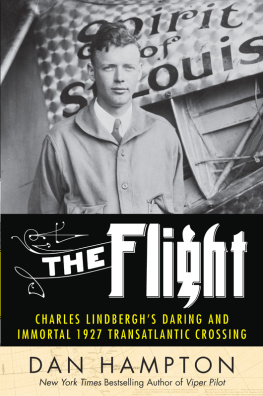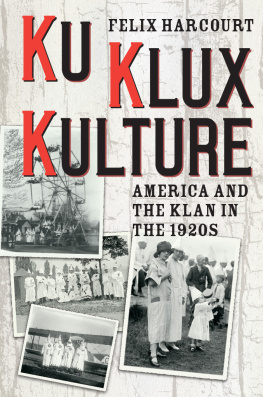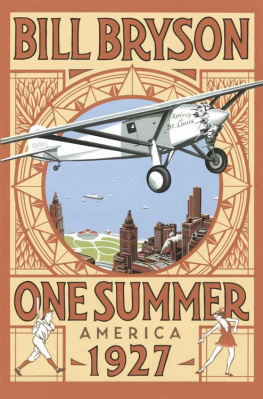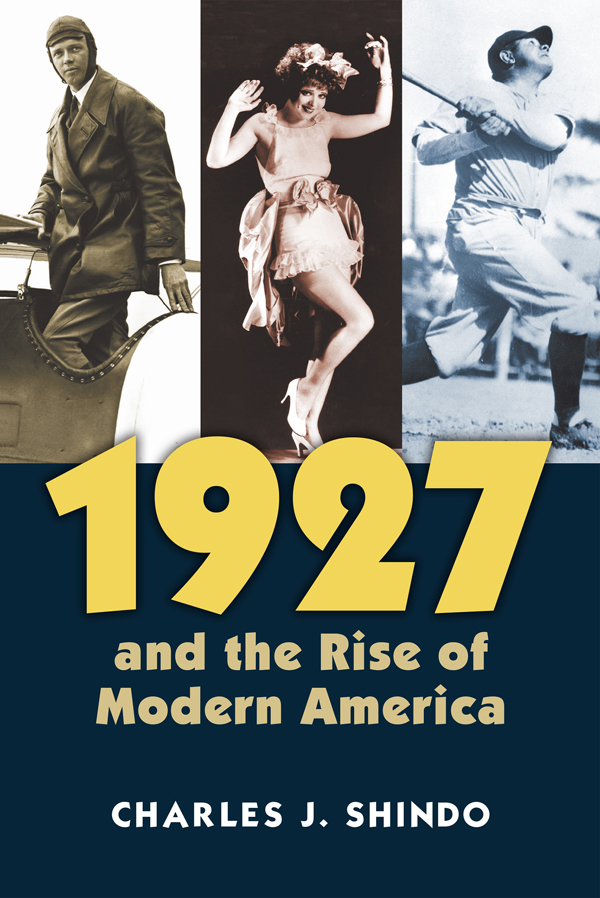
1927
and the Rise of
Modern America
CultureAmerica
Erika Doss
Philip J. Deloria
Series Editors
Karal Ann Marling
Editor Emerita
1927
and the Rise of
Modern America
CHARLES J. SHINDO

2010 by the University Press of Kansas
All rights reserved
Published by the University Press of Kansas (Lawrence, Kansas 66045 ), which was organized by the Kansas Board of Regents and is operated and funded by Emporia State University, Fort Hays State University, Kansas State University, Pittsburg State University, the University of Kansas, and Wichita State University
Library of Congress Cataloging-in-Publication Data
Shindo, Charles J.
1927 and the rise of modern America / Charles J. Shindo.
p. cm. (CultureAmerica)
Includes bibliographical references and index.
isbn 978-0-7006-1715-9 (cloth : alk. paper)
isbn 978-0-7006-2113-2 (pbk. : alk. paper)
isbn 978-0-7006-2186-6 (ebook)
. United StatesHistory 1919 1933 .. United StatesSocial conditions 1918 1932 .. United StatesSocial life and customs 1918 1945 .. Popular cultureUnited StatesHistoryth century. I. Title.
E.S 2010
.dc
2009052269
British Library Cataloguing-in-Publication Data is available.
Printed in the United States of America
10 9 8 7 6 5 4 3 2 1
The paper used in this publication is recycled and contains percent postconsumer waste. It is acid free and meets the minimum requirements of the American National Standard for Permanence of Paper for Printed Library Materials Z.- 1992 .
to the memory of may shindo,
19272007,
and
to michael
The America that Columbus discovered was to our ancestors geographically a new world. Today, as a result of the revolutionary changes brought about by modern methods of production, it has again become a new world, and furthermore we have still to rediscover it.
Andr Siegfried, America Comes of Age: A French Analysis ( 1927 )
Contents
Acknowledgments
In conceiving, researching, and writing this project, I have benefited from the support, advice, encouragement, and friendship of numerous institutions and individuals, without whom this work would not have been possible. Financial support for this project was provided by two sabbaticals from Louisiana State University (LSU), summer stipends from the Council on Research, a research semester from the College of Arts and Sciences, a Manship Summer Research Fellowship, and travel grants from the Office of Sponsored Programs and the College of Arts and Sciences.
The staff at the Getty Research Institute at the Getty Center in Los Angeles provided research support, as did research assistants Joshua Lubin, Kristi Wallace, and Bruce Arnold, who each provided valuable research and comments on drafts. Bruce, along with Michael Higgins, provided many hours of assistance searching and collecting photographs. Kurt Kemper, Court Carney, Matt Reonas, and Jamie Saucier all provided helpful comments and suggestions on an early first draft, and I greatly appreciate the time and effort they put into their critiques. Paul Boyer, Lewis Erenberg, and Erika Doss each provided insightful suggestions and comments that have greatly enhanced this work. The participants in LSUs Works in Progress seminar, at the 2008 Australia and New Zealand American Studies Association Conference, and the 2009 British Association for American Studies Conference all provided helpful suggestions and new avenues of thought for me to explore, and for that I thank them.
The University Press of Kansas has been patient beyond expectations and supportive of every step of the process. Everyone with whom I have had contact has been helpful and enthusiastic, from director Fred Woodward on down. In particular, editors Nancy Scott Jackson, Kalyani Fernando, Ranjit Arab, and Mike Briggs have provided an abundance of enthusiasm and sound advice along with their expertise in publishing. Copyeditor Kathy Delfosse provided suggestions that significantly improved the work, and Jennifer Dropkin and Susan Schott deftly managed the production and marketing of the book. I owe a deep debt of gratitude to all at the Press.
Throughout this project I have enjoyed the support of many colleagues, past and present, who have added insights, tidbits of information, and anything they found related to 1927 and listened to my endless ramblings about the events of the year. Maribel Dietz, Jordan Kellman, Christine Kooi, John Rodrigue, Tiwanna Simpson, and Charles Royster are but a few of the most helpful. The person most significant to the development and completion of this project has been Ian Gordon, who, as a sounding board for ideas, a source of comments on drafts, a supplier of historiography, career builder, colleague, and friend, has provided more inspiration than I deserve.
Outside of the academic realm, I have numerous people to thank who have kept me from living in the past by enjoying and appreciating the present. Longtime friends Joan Lum, Jeanette Iriarte, Doug Bieber, and their families have kept me smiling for the last thirty years. Though far away and seldom seen, Rex Palmer has been a good friend and conversant. My father, George Shindo; my aunt and uncle, Hazel and Kokki Shindo; my sisters Kathryn Nuss, Carolyn Wills, and Evelyn Okamoto; and my brother Robert Shindo, along with their families, have provided love and support for my entire life. Unfortunately, my mother, May Shindo, has not lived to see this project completed, and it is in her memory that I present this work. For over a decade, Michael Fontenot, as my partner, love, and friend, has provided me with a home, a family, and a sense of peace, and it is to him that this book is dedicated.

Charles A. Lindbergh. (Courtesy of the Library of Congress)
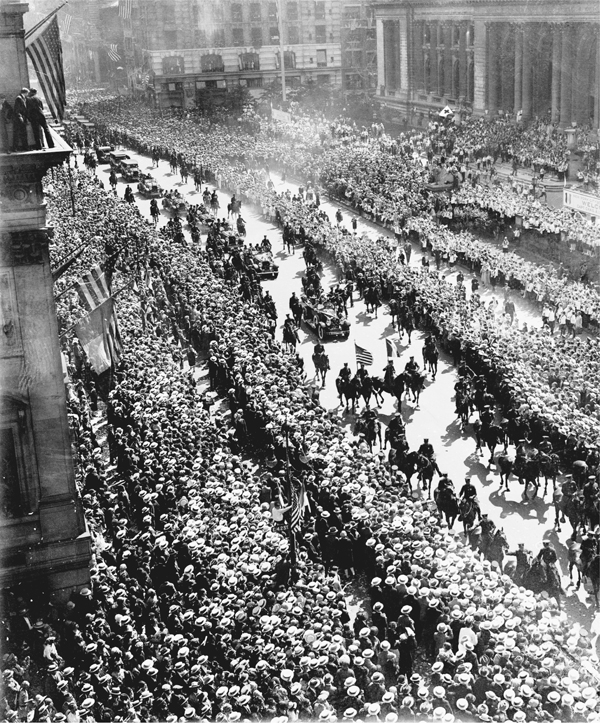
Parade procession for Charles Lindbergh in New York City. ( Bettmann/Corbis)
INTRODUCTION The Search for Modern America
THE MEANINGS OF LINDBERGH: The response to Charles Lindberghs solo flight from New York to Paris illustrates the ambiguity Americans felt about their nation. As an individual, Lindbergh represented the best nineteenth-century Victorian values of self-sufficiency, courage, and determination, while his achievement represented the pinnacle of modern, cooperative, industrial society. His popularity rested on his ability to represent conflicting visions of America simultaneously. Even though Lindbergh was seen as an extraordinary individual, his achievement brought unity to a diverse America. He stood for the individual as well as for society as a whole.
In the 1920 s Americans faced a perplexing world. While many Americans still believed in the Victorian values of modesty, hard work, and respect for tradition, status, and place, others defiantly broke from convention in their work and personal lives and in their actions and words. Most Americans searched for a compromise between the world they knew and the world they would come to know, not yet ready to fully disengage from the past or to fully embrace the future. While this is true of every historical period, the difference between past and future in 1920 s America seems particularly acute, especially for those who lived through it. People sought to reconcile their traditions and values with changes in society, the economy, politics, technology, and culture. This search did not always end successfully. Indeed, although the search to understand ones time never really ends, in most periods there is a chance of finding a comfortable middle ground between past and future. But between the end of the Great War and the start of the Great Depression, Americans found it hard to find an accommodation between tradition and change. No single event, such as a war or depression, focused the nations attention and presented definitive options for the future (winning the war, ending the depression). As a result, people individually and in small groups sought their own middle ground, their own vision of what America should be, often dependent on what they assumed America had been. They searched for answers in technology, in social justice, in feminism, in migration, in sensationalism, and in such leisure activities as collegiate and professional sports, motion pictures, jazz music, and radio. What they found was modern America, a country not completely new, but one with a very different appearance, sound, and feel.
Next page

